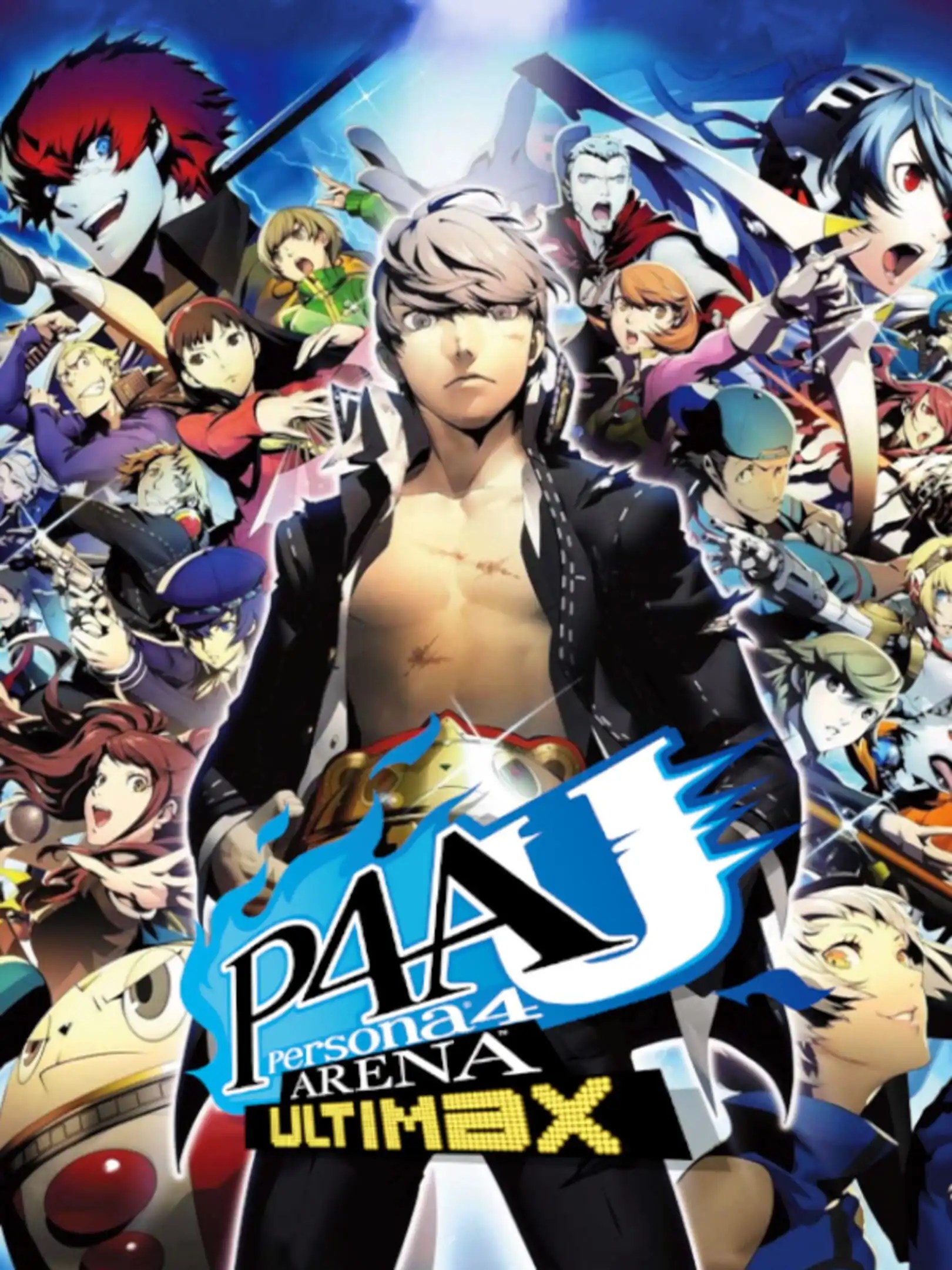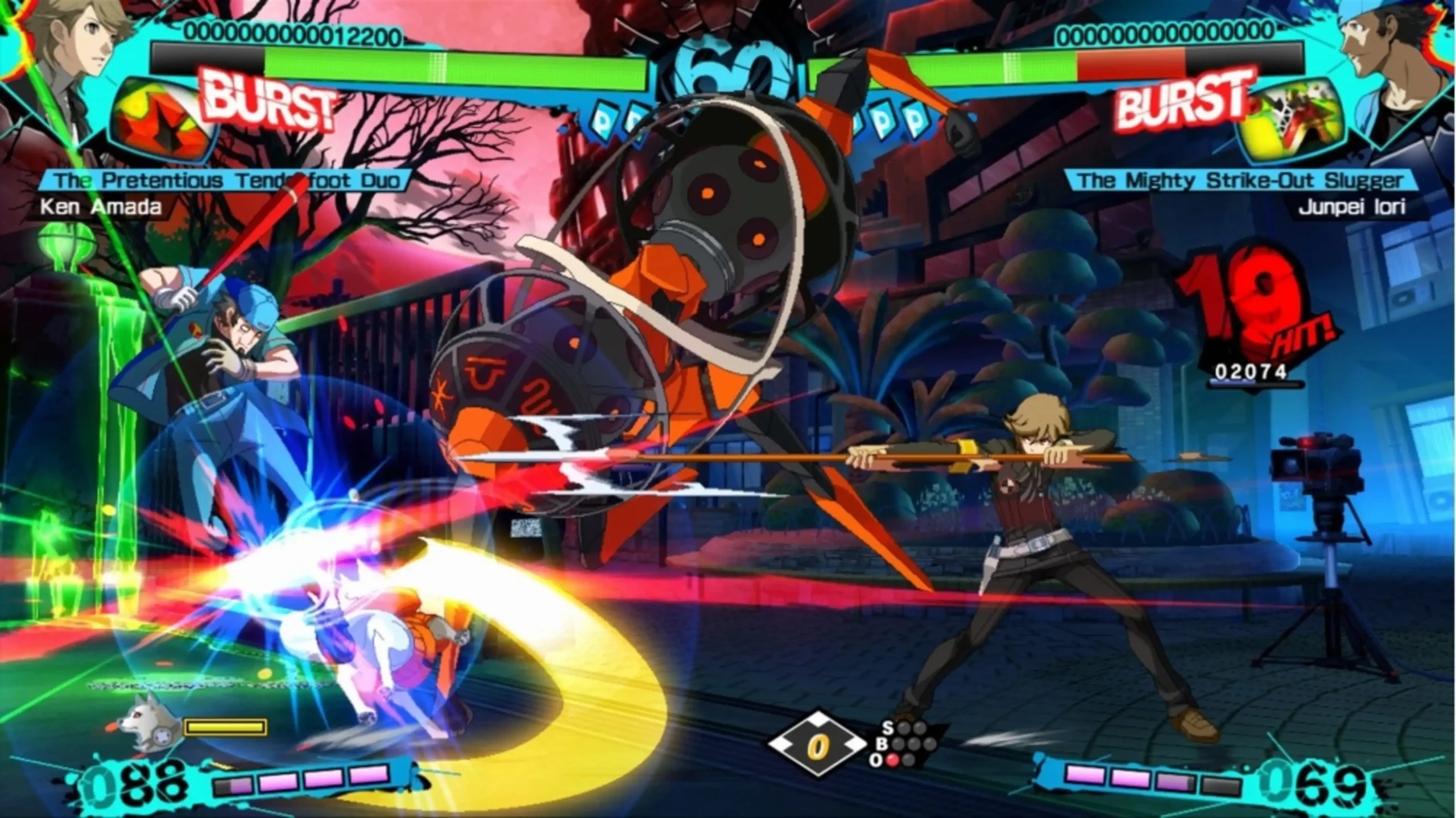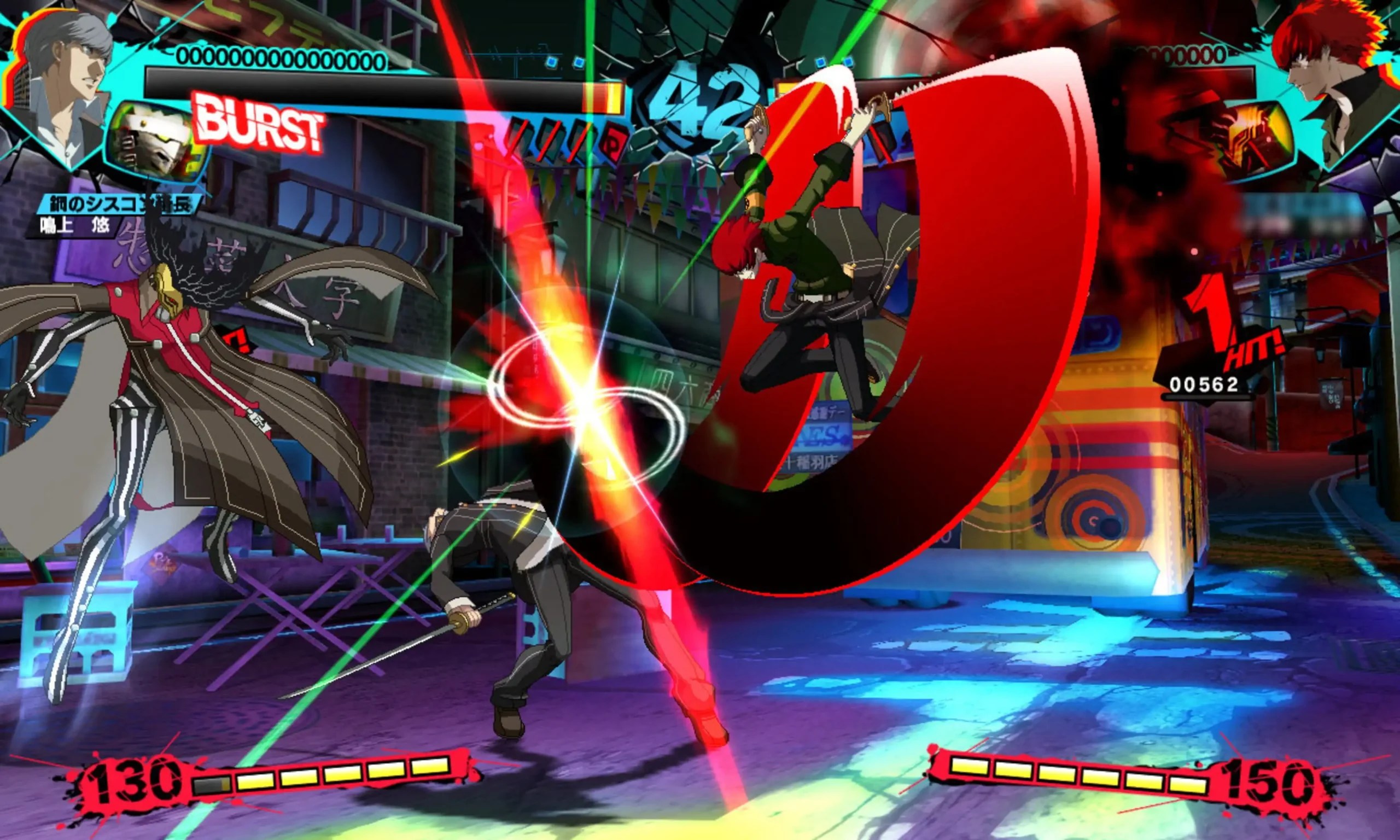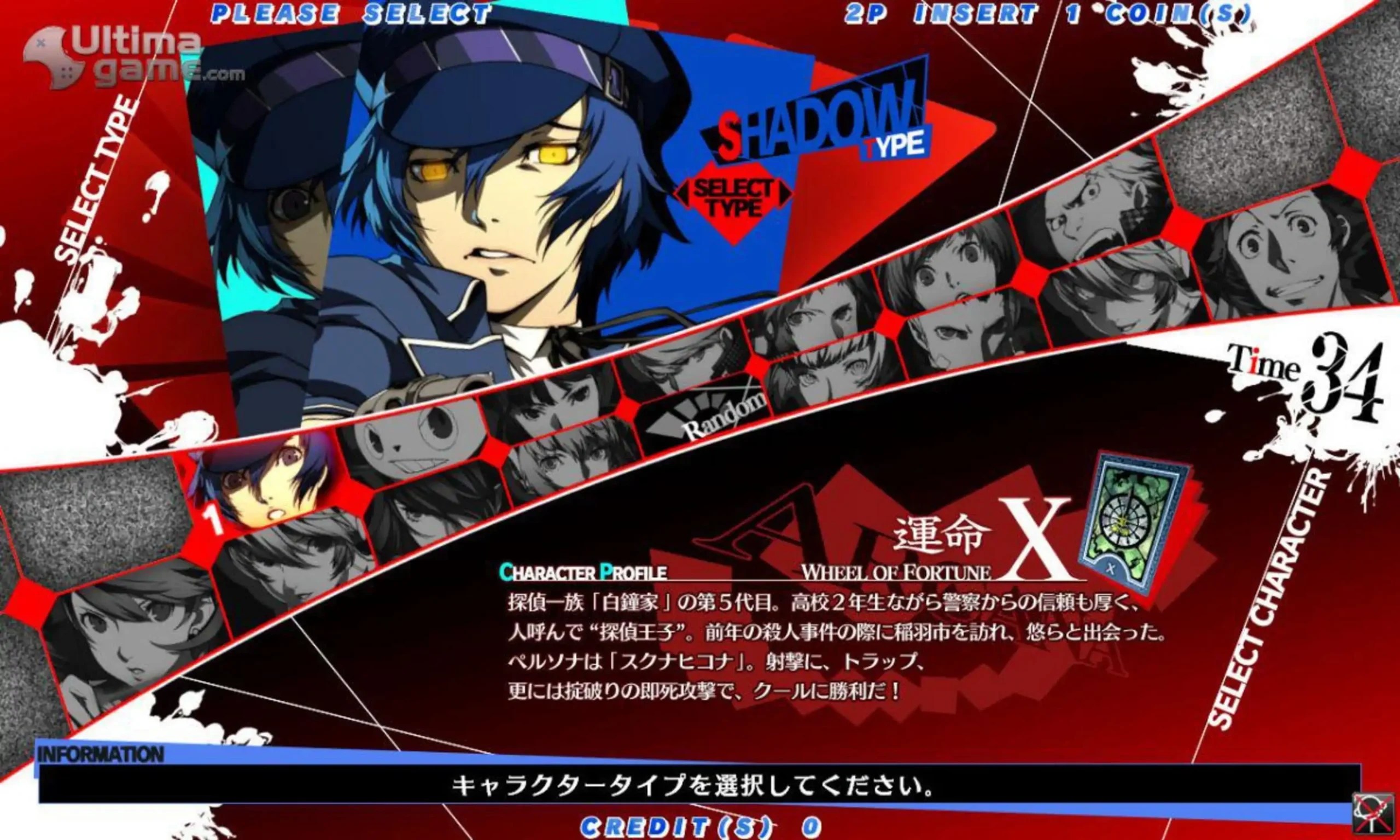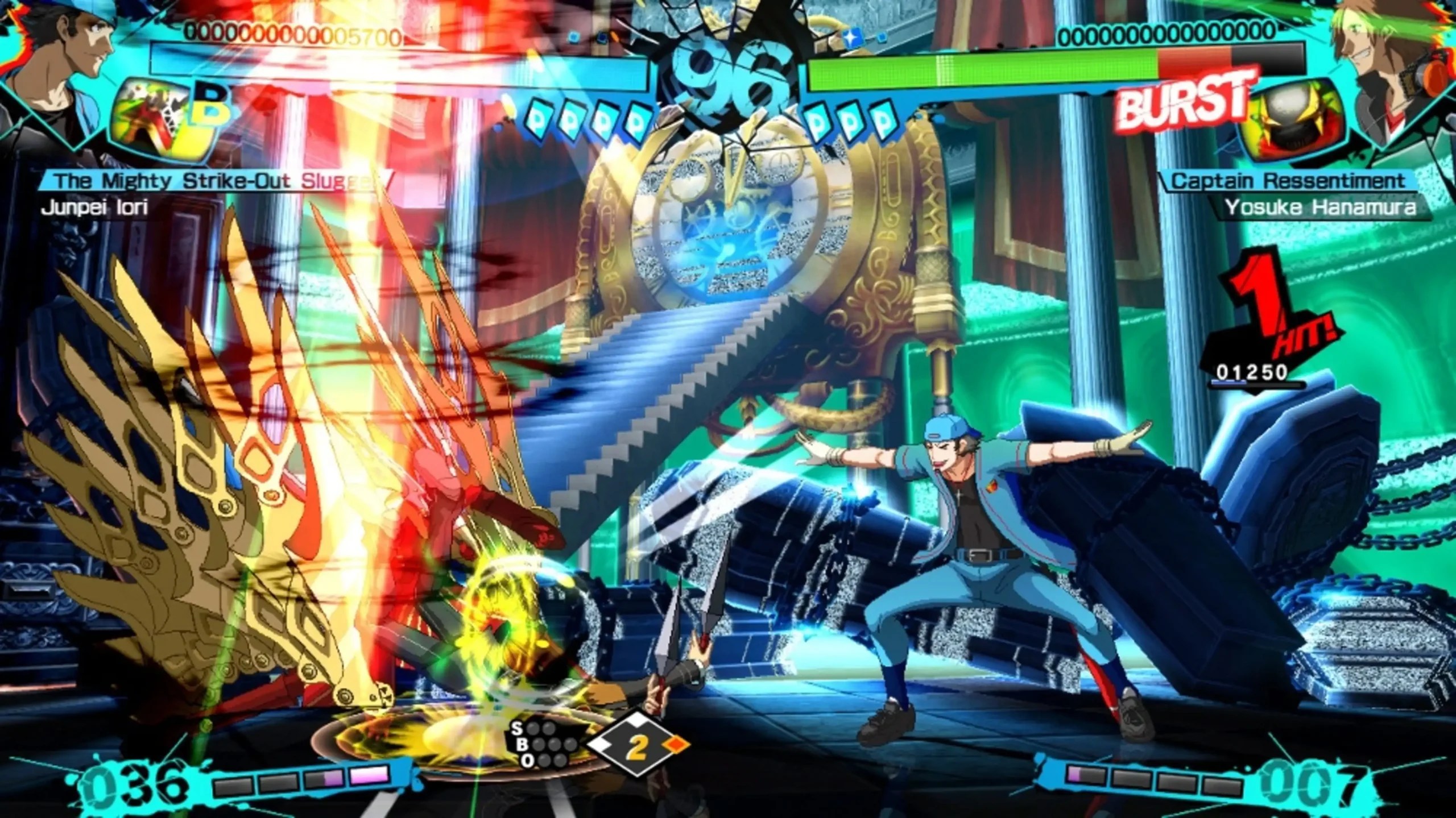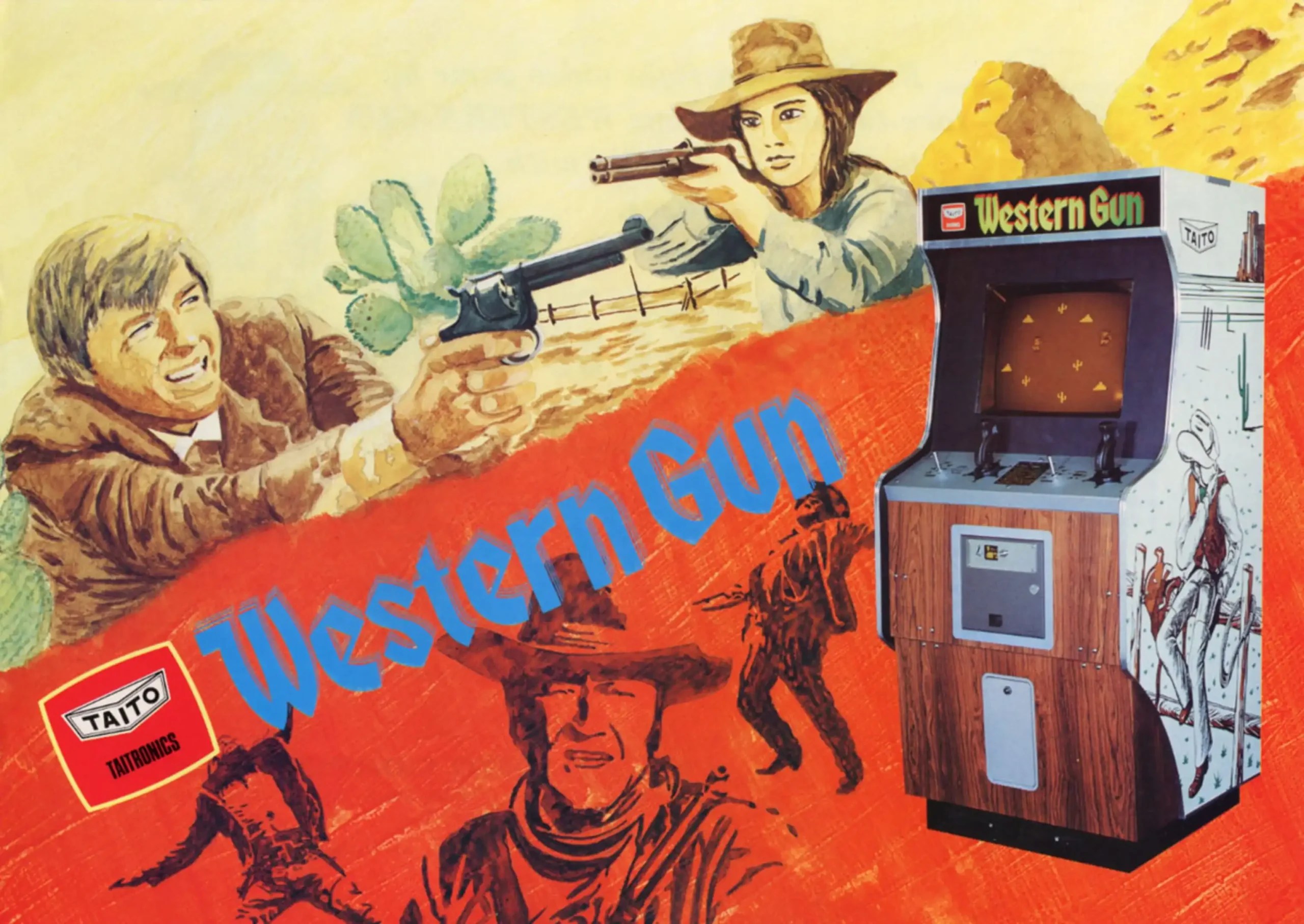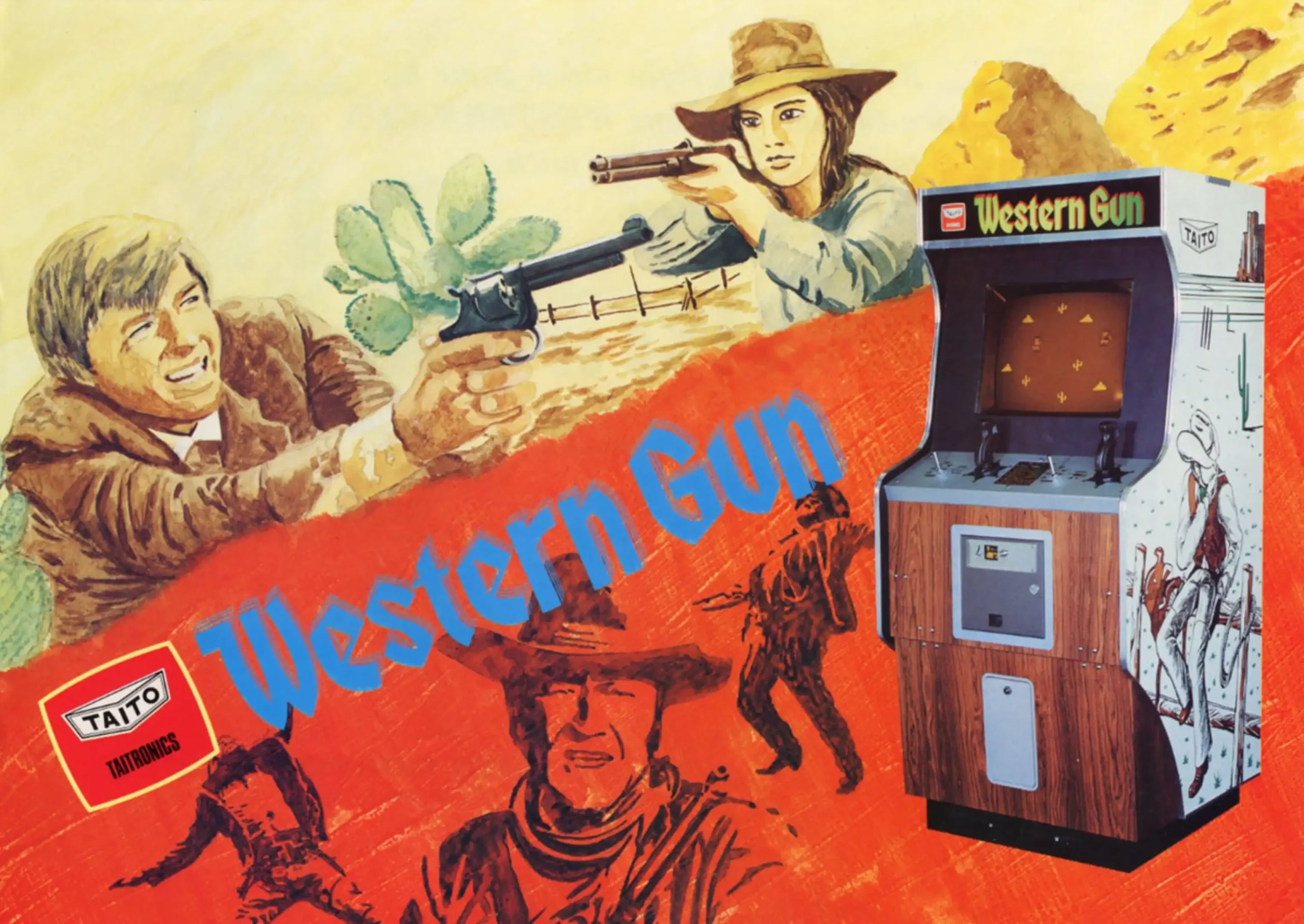Summary
- Release Year: 2003
- Genres: Shooter
- Platforms: Arcade
- Developers: CAVE Interactive
- Publishers: AMI
Ketsui: Kizuna Jigoku Tachi (2003)
Developer: Cave Publisher: Cave Genre: Vertical bullet hell shoot ’em up Release date: 2003
Ketsui: Kizuna Jigoku Tachi (解呪:絆地獄達, lit. “Uncurse: Bonds of Hell”) is a vertical bullet hell shoot ’em up developed by Cave and released in 2003. It is the third game in the Ketsui series, following Ketsui: Death Label and Ketsui: Majutsushi.
The game is set in a world where the forces of darkness have invaded and are threatening to destroy all of humanity. The player takes control of one of four ships and must fight their way through hordes of enemies to defeat the evil mastermind behind the invasion.
Ketsui: Kizuna Jigoku Tachi is known for its intense action, beautiful graphics, and challenging difficulty. The game features a variety of different enemy types, each with their own unique attack patterns. The player must use all of their skills and abilities to survive and defeat the final boss.
Gameplay
Ketsui: Kizuna Jigoku Tachi is a vertical bullet hell shoot ’em up. The player controls one of four ships and must fight their way through hordes of enemies to defeat the final boss. The game features a variety of different enemy types, each with their own unique attack patterns.
The player’s ship has two main weapons: a Vulcan cannon and a laser beam. The Vulcan cannon is a rapid-fire weapon that is good for taking down small enemies. The laser beam is a powerful weapon that can pierce through multiple enemies.
In addition to their main weapons, the player’s ship can also use a variety of special weapons. These weapons are powerful, but they can only be used for a limited time.
The player’s ship also has a shield that can absorb enemy bullets. The shield is gradually depleted as it absorbs bullets, and it will eventually break if it takes too much damage.
Ketsui System
One of the unique features of Ketsui: Kizuna Jigoku Tachi is the Ketsui System. The Ketsui System is a risk-reward system that allows the player to power up their ship by collecting “Ketsui” orbs.
Ketsui orbs are dropped by enemies when they are destroyed. The player can collect these orbs to increase their ship’s firepower, speed, and shield strength. However, collecting Ketsui orbs also increases the difficulty of the game.
The player can choose to activate the Ketsui System at any time. When the Ketsui System is activated, the player’s ship becomes more powerful and durable. However, the Ketsui System also makes the game more difficult.
Multiplayer
Ketsui: Kizuna Jigoku Tachi features a two-player cooperative multiplayer mode. In multiplayer mode, two players can team up to fight their way through the game together.
Reception
Ketsui: Kizuna Jigoku Tachi was released to critical acclaim. The game was praised for its intense action, beautiful graphics, and challenging difficulty. Ketsui: Kizuna Jigoku Tachi is considered to be one of the best bullet hell shoot ’em ups ever made.
Legacy
Ketsui: Kizuna Jigoku Tachi has had a lasting impact on the bullet hell shoot ’em up genre. The game’s intense action, beautiful graphics, and challenging difficulty have set a new standard for the genre. Ketsui: Kizuna Jigoku Tachi has also inspired a number of other bullet hell shoot ’em ups, including Mushihimesama and DoDonPachi DaiOuJou.
Conclusion
Ketsui: Kizuna Jigoku Tachi is a classic bullet hell shoot ’em up that is still enjoyed by gamers today. The game’s intense action, beautiful graphics, and challenging difficulty make it a must-play for fans of the genre.
Review Score
9.5/10
Art
Cover Art

Screenshots


